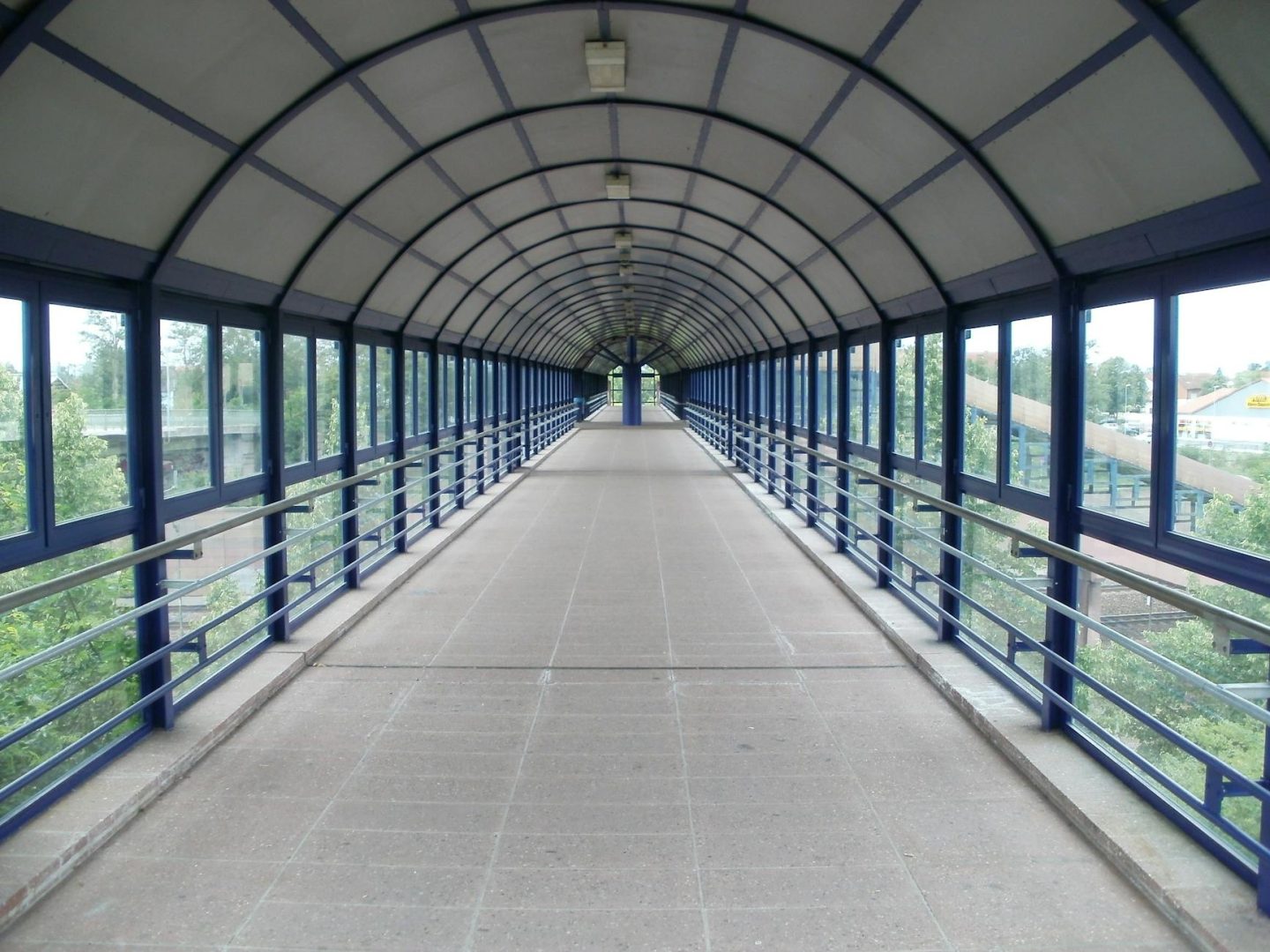Whether you’re managing a school, hospital, commercial site, or residential development, providing safe, accessible routes around your property is essential. One highly effective — and often underappreciated — feature is the covered walkway.
Covered walkways do far more than keep people dry on a rainy day. They improve accessibility, safety, and navigation, all while enhancing the overall appearance of your site. From staff and students to visitors and residents, everyone benefits when external movement around a site is protected, efficient, and well thought out.
Here’s a closer look at the key advantages of installing covered walkways — and why they’re a smart investment for so many types of environments.
1.Weather Protection Year-Round
The most obvious benefit of a covered walkway is protection from the elements. In the UK, where sudden showers and unpredictable weather are the norm, keeping people dry and sheltered is a basic yet valuable consideration.
Whether it’s pupils moving between school buildings, hospital patients being transferred, or shoppers navigating a retail park, covered walkways protect people from rain, snow, and strong sun. They also reduce the need for umbrellas — which can be cumbersome or unsafe in crowded or fast-moving environments.
2.Enhanced Safety
Covered walkways help reduce the risk of slips, trips and falls — particularly in wet or icy conditions. By sheltering walkways, you reduce the chances of water pooling or snow accumulating, which can make surfaces slippery and hazardous.
Some designs also incorporate non-slip flooring or integrated lighting, further improving safety for both daytime and evening use. This is especially important in environments like healthcare settings or care homes, where patient and visitor safety is paramount.
3.Improved Accessibility and Mobility
Covered walkways support accessibility for everyone — especially for individuals using wheelchairs, mobility aids, or pushchairs. Shelter from wind and rain ensures that people with additional needs can move comfortably and safely around your site without being exposed to harsh conditions.
Clear, well-lit, covered routes also make navigation easier, helping visitors find their way without confusion or discomfort. For institutions like universities, business parks or large schools, this contributes to a more organised and inclusive experience.
4.Protection for Property and Equipment
It’s not just people who benefit from covered walkways — equipment and property do too. Walkways that link outbuildings or entrances can provide sheltered access for trolleys, delivery equipment, or bins. This reduces wear and tear on materials and helps maintain cleanliness and tidiness on site.
For example, in schools, covered walkways can help prevent muddy corridors by offering a dry transition between playgrounds and classrooms. In commercial settings, they can protect product movement between storage and loading bays.
5.Aesthetics and Site Organisation
Modern covered walkways are available in a range of designs, colours, and materials — from sleek steel and glass to classic timber and polycarbonate roofing. A well-designed walkway not only blends with your architecture but can enhance it, giving your site a more cohesive, professional look.
Covered walkways also help organise outdoor space by defining pathways and routes clearly. This improves the flow of foot traffic, reduces congestion, and helps separate pedestrian areas from vehicle routes — boosting both safety and efficiency.
6.Flexible, Scalable Solutions
Another major benefit of covered walkways is their flexibility. Whether you need a short link between two buildings or a full network across a campus, walkway systems can be designed and scaled to suit your site.
Some walkways are modular and easily extendable, meaning you can start with one section and expand as needed. Others can include optional features like side panels, lighting, or guttering to suit your climate and use case.

